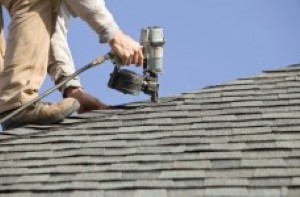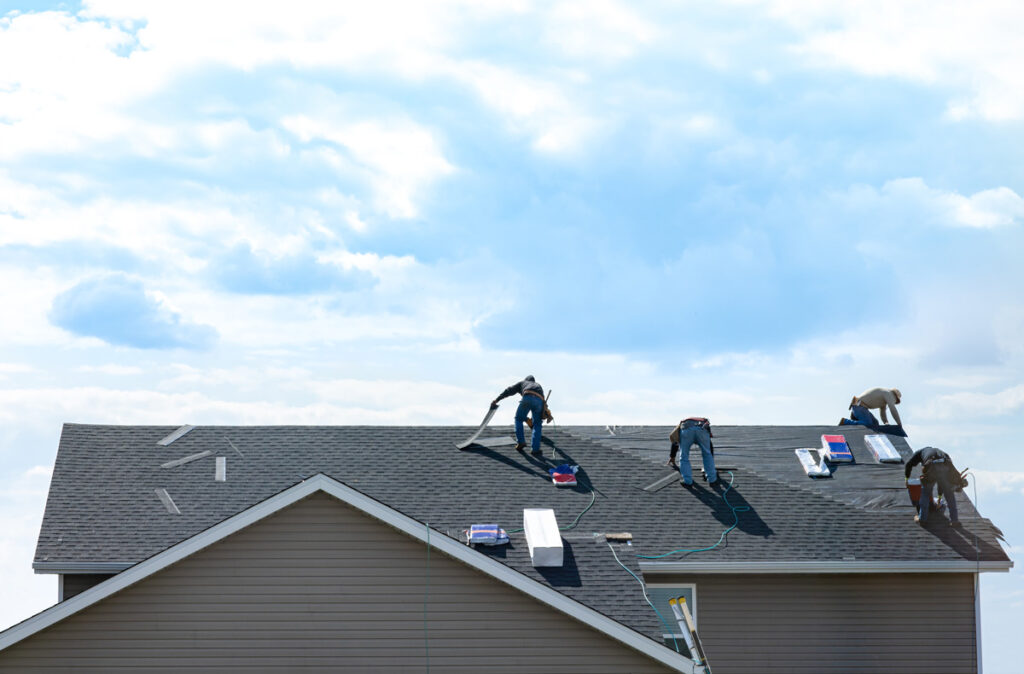Roof Repair Oahu: Specialist Roof Services for Lasting Defense
Roof Repair Oahu: Specialist Roof Services for Lasting Defense
Blog Article
Recognizing the Different Kinds Of Roofing Systems: A Comprehensive Guide for Homeowners
In the realm of homeownership, choosing the ideal roof covering design is a choice that lugs substantial implications for both functionality and aesthetic appeal. With an array of options-- ranging from the conventional gable to the contemporary flat-- each type presents unique advantages and obstacles that need to straighten with the homeowner's specific needs and ecological factors to consider. Understanding these distinctions not just help in making an educated option but also affects lasting maintenance and energy efficiency. As we discover the ins and outs of different roofing system types, it becomes noticeable that size does not fit all; the right selection might amaze you.
Saddleback Roof
Saddleback roofs, defined by their triangular shape, are among one of the most prominent roof covering styles as a result of their simplicity and efficiency in shedding water and snow. This style includes two sloping sides that satisfy at a ridge, enabling reliable drainage and lessening the threat of water accumulation. The high pitch commonly connected with gable roof coverings improves their capability to handle heavy rainfall, making them ideal for various climates.
In enhancement to their practical benefits, saddleback roofs supply aesthetic adaptability. They can be adjusted to various architectural styles, from standard to modern-day homes. The design can also fit added features such as dormer windows, which enhance natural light and ventilation in the attic room room.
Moreover, saddleback roofs offer adequate area for insulation, adding to power performance. Property owners can pick from a selection of roof covering products, consisting of asphalt shingles, steel, and tiles, additionally boosting modification alternatives.
Despite their benefits, gable roofs may require additional support in areas prone to high winds or hefty snowfall. Overall, the gable roofing system remains a favored choice due to its mix of capability, resilience, and visual allure.
Apartment Roofs
Level roofings are commonly acknowledged for their minimalist design and practical applications, specifically in industrial and commercial setups (oahu roofing). These roofings feature a almost straight or horizontal surface area, which permits for simple building and versatile room use. While they may do not have the visual appeal of angled roofs, level roofing systems offer countless benefits, especially in city atmospheres where making best use of area is essential
Among the main benefits of level roofs is their access. Property owners can utilize the roofing space for different purposes, such as roof gardens, balconies, or solar panel setups. Additionally, level roof coverings are normally more cost-efficient to install and preserve compared to their sloped equivalents, as they need less materials and labor.
Usual products made use of for level roof coverings consist of built-up roof covering (BUR), modified asphalt, and single-ply membrane layers, each offering distinctive advantages. On the whole, level roof coverings offer as a useful and versatile option for lots of house owners and services alike.
Hip Roofings
Hip roofings are defined by their sloped sides that assemble at the top, forming a ridge. This design stands out from gable roofs, as all 4 sides of a hip roof covering incline downwards towards the walls, providing an extra secure framework. The angle of the slopes can differ, enabling adaptability in architectural aesthetic appeals and performance.
One of navigate to this site the key benefits of hip roofings is their ability to withstand hefty winds and negative weather condition conditions. The sloped surface areas allow better water drain, minimizing the danger of leaks and water damages. Additionally, hip roofs use enhanced attic room area, which can be utilized for storage space and even exchanged livable locations.
However, creating a hip roofing can be more complex and expensive than simpler roof covering types, such as saddleback roofs. The extra product and labor included in developing the slopes and making certain appropriate architectural integrity can cause higher costs. Regardless of these disadvantages, several property owners prefer hip roofs for their toughness, aesthetic charm, and possibility for energy effectiveness.
Mansard Roof Coverings
Mansard roofing systems, commonly recognized by their distinct four-sided layout, feature two inclines on each side, with the reduced slope being steeper than the upper. This building design, originating from France in the 17th century, is not only visually appealing but practical, as it makes best use of the usable space in the upper floorings of a structure. The high lower slope enables even more headroom, making it a perfect selection for lofts or attics, which can be converted into living areas.
Mansard roofings are identified by their versatility, accommodating various architectural styles, from standard to contemporary. They can be built with various products, consisting of asphalt roof shingles, slate, or steel, supplying house owners with a variety of alternatives to match their spending plans and choices. Furthermore, the style enables for the combination of dormer windows, enhancing natural light and air flow in the top degrees.
Nevertheless, it is necessary to think about the prospective disadvantages. Mansard roofing systems may require even more upkeep because of the complexity of their layout, and their high slopes can be challenging for snow and rain drainage. Generally, mansard roofings integrate elegance with practicality, making them a prominent option among homeowners looking for unique architectural features.
Lost Roofings
As house owners progressively look for simpleness and functionality in their building styles, shed roof coverings have actually become a preferred option. Characterized by a solitary sloping airplane, a shed roof provides a minimal aesthetic that complements different home designs, from contemporary to rustic.
Among the main advantages of a shed roof is its uncomplicated building, which often equates to decrease labor and material expenses. This layout allows for effective water drain, reducing the risk of leakages and water damages. Additionally, the vertical slope gives ample area for skylights, improving all-natural light within the inside.
Shed roofs likewise use convenience in terms of usage. They can be successfully incorporated right into enhancements, garages, or outdoor structures like sheds and pavilions. Moreover, this roof covering design can accommodate various roofing materials, including metal, asphalt roof shingles, and even environment-friendly roof coverings, aligning with environmentally friendly efforts.
Nonetheless, it is necessary to consider local environment problems, as hefty snow tons may require modifications to the roofing system's angle or structure. In general, shed roofing systems present a practical and aesthetically pleasing option for homeowners looking to take full advantage of functionality without compromising design.
Verdict


Gable roofs, characterized by their triangular shape, are among the most preferred roofing styles due to their simpleness and efficiency in losing water and snow. oahu roofing. The steep pitch typically linked with gable roofing systems improves their capacity to deal with heavy precipitation, making them suitable for different climates
While they may do not have the visual appeal of pitched roofing systems, flat roofs supply many advantages, particularly in city environments where taking full advantage of area is critical.

Report this page